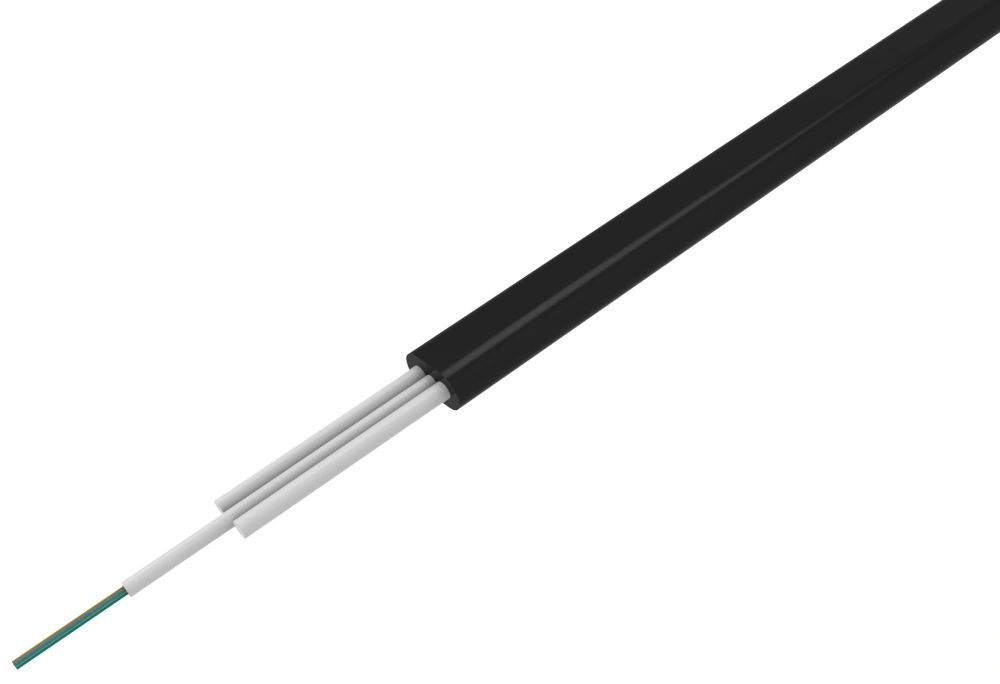Understanding the electrical signal transmission properties in indoor optical cables

Indoor optical cables serve a critical role in transmitting electrical signals over short distances within buildings. Understanding the transmission characteristics of these cables is vital for ensuring reliable and efficient communication systems. This article aims to analyze the electrical signal transmission properties of indoor optical cables and explore the various factors that influence their performance.
1. Signal attenuation and dispersion
One of the primary characteristics of electrical signal transmission in indoor optical cables is signal attenuation. Attenuation refers to the reduction in signal strength as it travels through the cable. Multiple factors contribute to signal attenuation, including fiber material, length, and wavelength. It is crucial to minimize attenuation to maintain a stable signal throughout the transmission process.
Additionally, signal dispersion is another factor affecting electrical transmission in indoor optical cables. Dispersion leads to signal distortion and limits the maximum data rate that can be transmitted. Different types of dispersion, such as chromatic dispersion and modal dispersion, need to be considered and controlled to ensure accurate signal delivery.
2. Environmental factors
The performance of indoor optical cables can be significantly influenced by environmental factors. Temperature, moisture, and electromagnetic interference (EMI) are common factors that impact signal transmission. Temperature variations can cause cable expansion or contraction, leading to signal loss or physical damage. Proper temperature control is crucial to maintain signal integrity.
Moisture can also affect the performance of indoor optical cables by causing fiber corrosion or introducing additional attenuation. Moisture-resistant cable designs and appropriate installation practices help mitigate such issues. Additionally, electromagnetic interference from nearby electrical devices or power cables can introduce noise and disrupt signal transmission. Adequate shielding and installation practices can minimize the impact of EMI on the cables.
3. Connectors and splices
The quality of connectors and splices used in indoor optical cables plays a crucial role in signal transmission. Imperfections in connectors can introduce signal losses due to reflection or misalignment. Similarly, improper splicing can cause signal attenuation and affect overall system performance.
Careful selection of high-quality connectors and splices, along with proper installation and maintenance, is essential to maintain optimum signal transmission. Regular inspection and testing of connectors and splices can identify any potential issues and ensure reliable signal delivery.
Conclusion
Understanding the electrical signal transmission characteristics of indoor optical cables is essential for ensuring efficient communication systems. Factors such as signal attenuation, dispersion, environmental influences, and the quality of connectors and splices significantly impact their performance. By addressing these factors through proper cable design, installation, and maintenance practices, reliable and high-speed signal transmission can be achieved in indoor optical cable networks.



